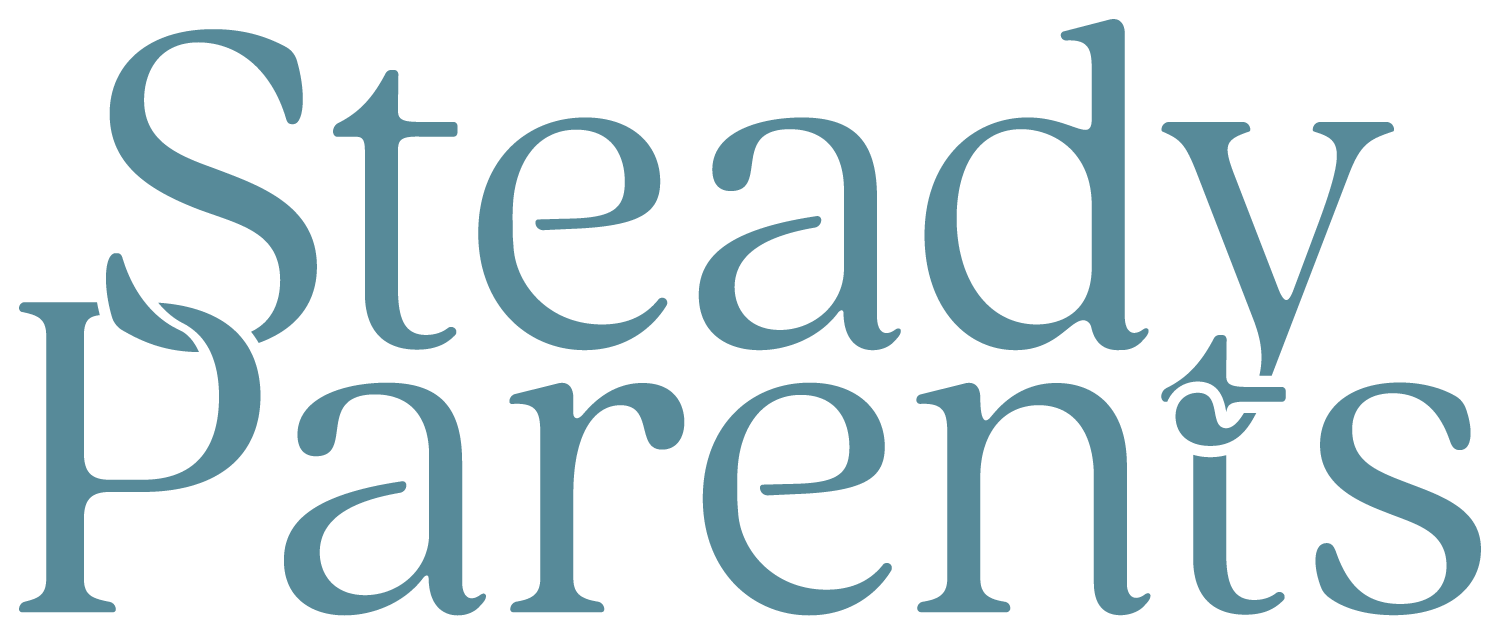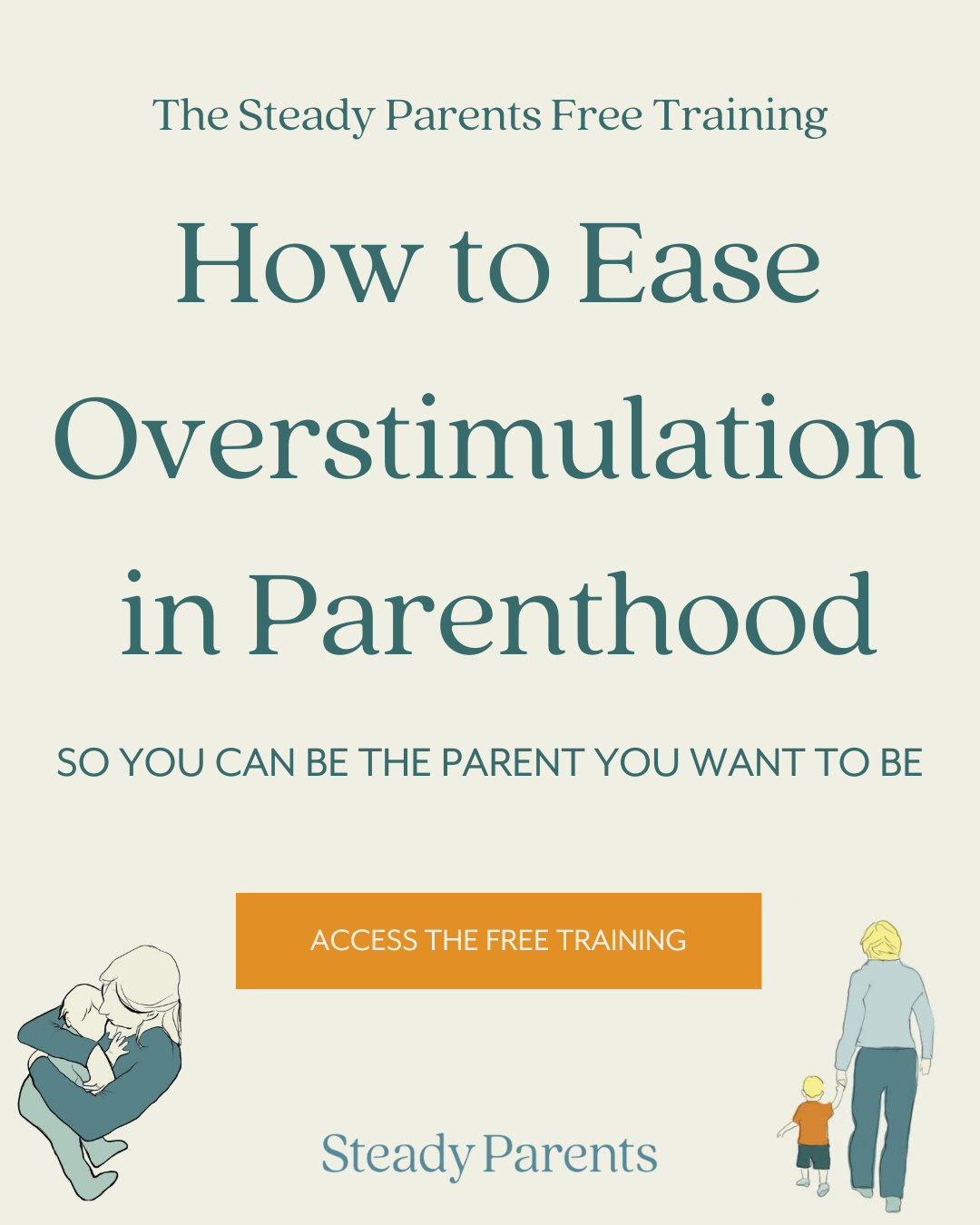Palming Technique for Deep Relaxation, Eye Strain, and Parental Stress
You know when your eyes feel so tired and heavy from a long day of working in front of your computer and you rub them, somewhat aggressively, and start to feel so relaxed? That’s a similar relaxation tool to the palming technique.
As a registered/licensed occupational therapist, here to help you feel your best self in parenthood, I’ve got many relaxation tools that can provide deep relaxation and alleviate the strain of everyday stress. This one is especially useful for those working parents who work a desk job and stare at a computer for long periods of time.
In this blog post, we'll explore what the palming technique is, its benefits, how to effectively practice it, and its specific advantages for parents navigating the demands of daily life.
What is Palming Technique?
The Palming Technique is a relaxation method that involves covering the eyes with the palms of your hands, creating a gentle, warm, and dark space. Originating from the Bates Method, a holistic approach to improving eyesight developed by Dr. William Bates, palming aims to reduce eye strain and promote relaxation.
Benefits of Palming
If you’re not quite sold on how putting some pressure on your eyes can help you feel more relaxed, read on to learn about some of the benefits of palming.
Relief for Tired Eyes
Palming provides instant relief for tired eyes, especially beneficial after extended periods of screen time or exposure to bright lights.
The warmth of the hands and the darkness created by palming help soothe eye fatigue.
Muscle Relaxation
The act of palming induces muscle relaxation around the eyes. This is particularly valuable for parents who may experience tension in the eye and facial muscles due to the demands of caregiving and constant attention.
According to the Bristol Yoga Center, “The warmth of your hands relaxes the six muscles around each eye and attracts more energy and blood flow. The darkness relaxes the ciliary muscles, retina and optic nerves.”
Eye Lubrication
Palming can stimulate tear production, aiding in natural eye lubrication. For parents who spend considerable time indoors or in front of screens, this is a valuable aspect of maintaining eye health.
In the winter especially, when the air is less humid, keeping your eyes moist can help them to feel less heavy and tired.
Relaxation of Eyes, Mind, and Body
Beyond its physical benefits, palming extends its soothing effects to the mind and body. It serves as a brief retreat, allowing parents to pause, unwind, and reset amidst the demands of parenthood.
So when you need to take a breather from your kids because you’re feeling so overstimulated by all of their antics, use the palming technique to help you recenter.
How to Effectively Do Eye Palming
It’s really quite simple, but for those of you who need more of a tutorial, here are the steps to do eye palming for relaxation:
a. Find a quiet, comfortable space.
b. Rub your palms together to generate warmth.
c. Cup your hands and gently place them over your closed eyes without applying pressure.
d. Ensure there's no light entering through the gaps between your fingers.
e. Take slow, deep breaths, focusing on relaxation.
How Long Should You Do Palming?
The duration of palming varies from person to person. A recommended starting point is 5-10 minutes, gradually increasing the time as you become more comfortable with the technique.
The key is to listen to your body and customize the practice to suit your needs. Even 30 seconds can help you regain a sense of control of your nervous system in those high stress parenting situations.
When you do have a longer stretch of time to implement this practice, you can incorporate other relaxation techniques such as a body scan meditation or visualization. Imagine yourself in a calm place like the beach and engage all of your senses to recreate the scene.
How Does Palming for Relaxation Help Parents?
Parenting often involves constant visual engagement, multitasking, and exposure to various stimuli. Palming offers parents a simple yet effective way to pause and rejuvenate.
By incorporating palming into your routine, you can alleviate eye strain, promote relaxation, and enhance overall well-being.
This strategy may seem small and even ineffective, but give it a try for a few minutes a day and try to notice the change in your mood and overall well-being.
If it’s helpful, keep track of your efforts in a notebook or journal. Note the times of day that you do this and notice the patterns.
Over time, you can start to add onto your practices with the other relaxation techniques listed below.
Consider incorporating palming into your daily schedule, perhaps during breaks from work, while the baby naps, or before bedtime. Consistency is key to reaping the full benefits of this relaxation technique.
Other Relaxation Techniques to Include While Palming
When you’re needing a bit more relaxation to get your nervous system under control, incorporating a few other calming techniques can help you get the most out of your few minutes of alone time.
Deep Breathing Exercises
Combine palming with deep breathing to enhance relaxation. Inhale deeply, allowing your diaphragm to expand, and exhale slowly, releasing tension.
Mindful Meditation
While palming, engage in mindful meditation by focusing on positive affirmations or visualizing a serene place.
Neck and Shoulder Stretches
Incorporate gentle neck and shoulder stretches to address overall muscle tension and promote a more comprehensive relaxation experience.
Exercise
Gentle movement, especially outside, can be helpful for relieving tension because movement releases endorphins and can be extremely grounding for the nervous system. Learn more about the benefits of gentle movement on last week’s blog post.
If you feel like these strategies are only scratching the surface of your stress in parenthood, consider joining the Steady Parents signature program- Sensing Your Needs in Parenthood or consider 1:1 coaching from me, an occupational therapist specializing in easing sensory dysregulation for parents. .
Conclusion
For parents, finding moments of deep relaxation is essential for maintaining physical and mental well-being. The Palming Technique, rooted in the Bates Method, emerges as a valuable tool for parents seeking relief from eye strain and stress.
By dedicating a few minutes to palming, accompanied by mindful practices, parents can create a sanctuary of calmness amidst the challenges of everyday life. So, embrace the Palming Technique, let the warmth and darkness soothe your eyes, and discover a profound sense of relaxation that transcends the demands of parenthood.
For more relaxation tools for parents, join my free training: How to Ease Overstimulation in Parenthood.
Pin this for Later:









